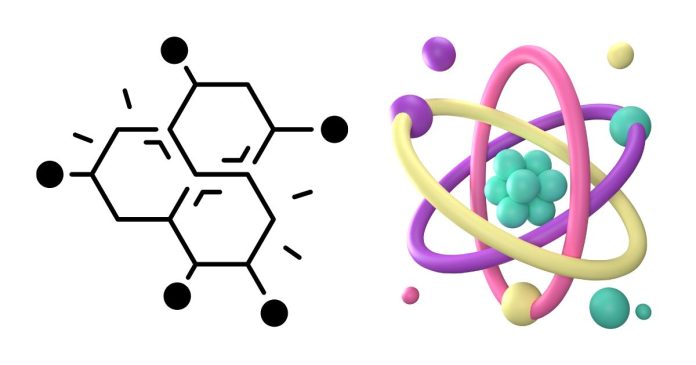An element is a pure substance that consists of only one type of atom. Atoms are the basic building blocks of matter and are made up of three primary subatomic particles: protons, neutrons, and electrons.
Components of an Atom in an Element:
- Protons
- Protons are positively charged particles found in the nucleus (center) of an atom.
- The number of protons in an atom determines the element’s identity. For example, an atom with one proton is hydrogen, and an atom with six protons is carbon.
- Neutrons
- Neutrons are neutral particles (no charge) that are also located in the nucleus.
- Neutrons, together with protons, make up the atomic mass of the element.
- While neutrons do not affect the element’s identity, they play a role in its isotopes (atoms of the same element with different numbers of neutrons).
- Electrons
- Electrons are negatively charged particles that orbit the nucleus in different energy levels or shells.
- In a neutral atom, the number of electrons equals the number of protons, balancing the positive and negative charges.
Atomic Structure and Element Identity
- The atomic number of an element is determined by the number of protons in its nucleus. This number defines the element (e.g., hydrogen has an atomic number of 1, and oxygen has an atomic number of 8).
- The atomic mass is the combined mass of protons and neutrons in an atom’s nucleus.
In summary, an element is made up of atoms, and each atom contains protons, neutrons, and electrons. The arrangement and number of these subatomic particles determine the element’s properties and its behavior in chemical reactions.


